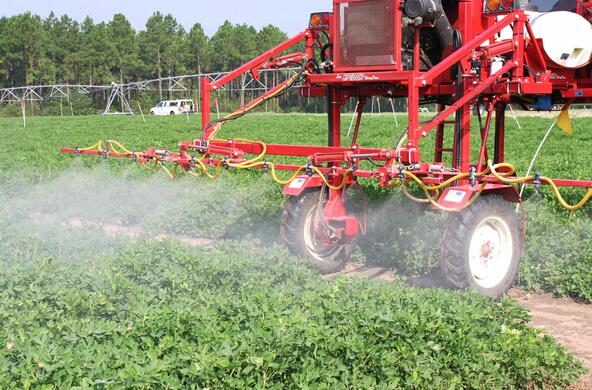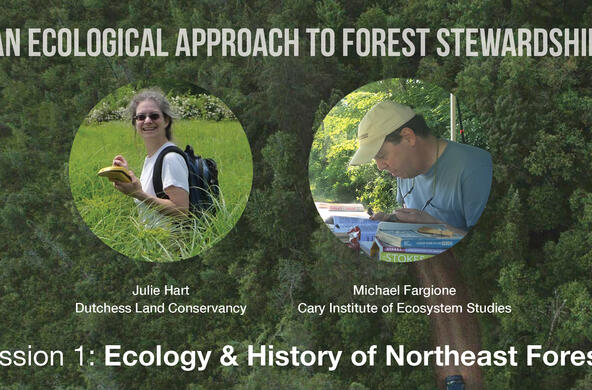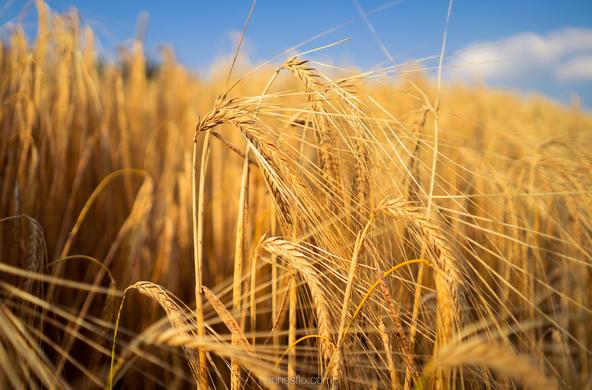There is no doubt that the human impact on nature—our ecological footprint—is huge. Forest has been cleared from vast areas of land, some of which is cultivated to provide our food. Our harvest of plants for food extends to uncultivated pasture and rangelands, which are used by grazing animals. Increasingly, cultivated land also provides the raw materials for biofuels, such as ethanol. When natural land is managed for agriculture, wildlife populations suffer and air and water quality can decline.
A few years ago, it was widely assumed that all the land with potential as cropland was already under cultivation. That seems to have been incorrect, as vast areas of rainforest in Africa and South America are now being converted to productive cropland, with the help of fertilizers. At the moment, we manage about 11% of the land surface for agriculture and 24% for grazing animals. We are on a roll to manage more land as a response to feeding the unrelenting growth of the human population.
In some areas, the growth of plants on agricultural lands is greater than the native vegetation that was cleared. The growth enhancement is nearly all due to supplements that humans provide to agricultural ecosystems in the form of fertilizers, irrigation waters, pesticides, and cultivation. Without those supplements, the human management of land for food production nearly always reduces the total plant productivity of the Earth—what we call net primary productivity. Even under the intensive management seen in the United States, croplands collectively are a source of atmospheric carbon dioxide, whereas the natural lands they replaced were close to neutral with respect to the atmosphere.
Typically, grazing domesticated animals consume plant material at about ten times the rate that would be consumed by wild grazing animals on the same lands. Under human management, grazing animals leave less organic material on the landscape, where it can help maintain soil fertility. Under poor management, grazing systems can lead to land degradation and desertification.
The harvest of plant production by humans has been estimated repeatedly. Humans appropriate about 40% of all terrestrial plant production for various purposes, with a wide interval of uncertainty. Here I focus on the harvest that is specifically for food, as farmers endeavor to feed our 7 billion fellow citizens each day. About 7.2 percent of the world’s photosynthetic output goes to food production, either directly or indirectly, such as the consumption of eggs, milk and meat from animals that are fed plant materials. Surprisingly, only about one percent of the world’s plant production actually enters our mouths—the rest is animal feed, residue, waste and spoilage. This productivity from land is supplemented by about 8% of the plant productivity in freshwater and marine ecosystems that is also consumed by humans, largely in the form of fish.
So, albeit rough, our best estimate of how much of the world’s plant productivity goes to feed seven billion humans is certainly less than a few percent, which we take from about 35% of the land that we manage for that purpose. There are certainly avenues for improvement—better crop yields, less waste, and lower consumption of meat. We can also encourage policies that do not usurp productive croplands for urban sprawl.
We have a lot of impacts on the planet. Our direct harvest of plants for food is rather small, but we disturb a vast area of land to provide that food. What really matters is the plant productivity that is diverted from the other species that share the planet with us, and that seems to be about half of the Earth’s photosynthetic bounty. This does not bode well for other species as our population continues to grow.
References
Bradford, J.B., W.K. Lauenroth, I.C. Burke. 2005. The impact of cropping on primary production in the U.S. Great Plains. Ecology 80: 1863-1872.
Eitelberg, D.A., J. van Vliet and P.H. Verburg. 2014. A review of global potentially available cropland estimates and their consequences for model-based assessments. Global Change Biology 21: 1236-1248.
Goldewijk, K.K. , A. Beusen, G.V. Drecht and M. De Vos. 2011. The Hyde 3.1 spatially explicit database of human-induced global land-use change over the past 12,000 years. Global Ecology and Biogeography 20: 73-86.
Haberl, H. and 8 others. 2007. Quantifying and mapping the human appropriation of net primary production in Earth’s terrestrial ecosystems. Proceedings of the National Academy of Sciences 104: 12942-12945.
Imhoff, M.L., L. Bounoua, T. Ricketts, C. Loucks, R. Harriss and W.T. Lawrence. 2004. Global patterns in human consumption of net primary production. Nature 429: 870-873.
Oesterheld, M., O.E. Sala, and S.J. McNaughton. 1992. Effect of animal husbandry on herbivore-carrying capacity at a regional scale. Nature 356: 234-236.
Pauly, D. and V. Christensen. 1995. Primary production required to sustain global fisheries. Nature 374: 255-258.
Smith, W.K., C.C. Cleveland, S.C. Reed, and S.W. Running. 2014. Agricultural conversion without external water and nutrient inputs reduces terrestrial vegetation productivity. Geophysical Research Letters 41: 449-455.
Van Vliet, J., D.A. Eitelberg and P.H. Verburg. 2017. A global analysis of land take in cropland areas and production displacement from urbanization. Global Environmental Change 43: 107-115.
Vitousek, P.M., P.R. Ehrlich, A.H. Ehrlich and P.A> Matson. 1986. Human appropriation of the products of photosynthesis. BioScience 36: 368-373.
West, T.O. and 12 others. 2010. Cropland carbon fluxes in the United States: Increasing geospatial resolution of inventory-based carbon accounting. Ecological Applications 20: 1074-1086.
Wolf, J., T.O. West, Y. Le Page, G.P. Kyle, X. Zhang, G.J. Collatz, and M. L. Imhoff. 2015. Biogenic carbon fluxes from global agricultural production and consumption. Global Biogeochemical Cycles doi: 10. 1002/2015GB005119







